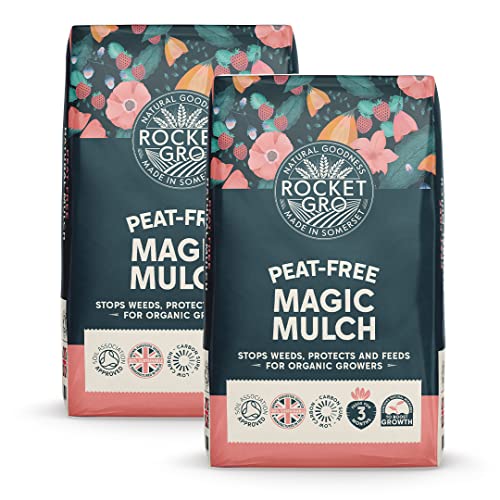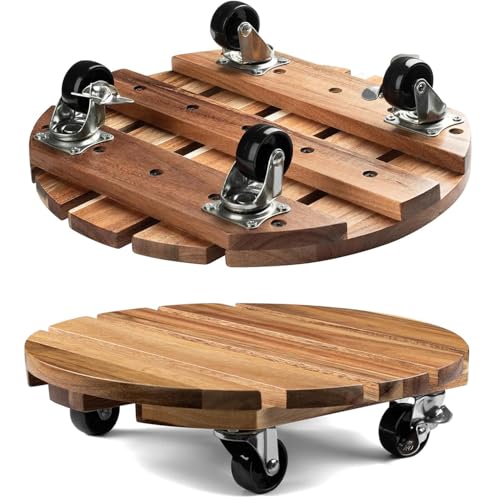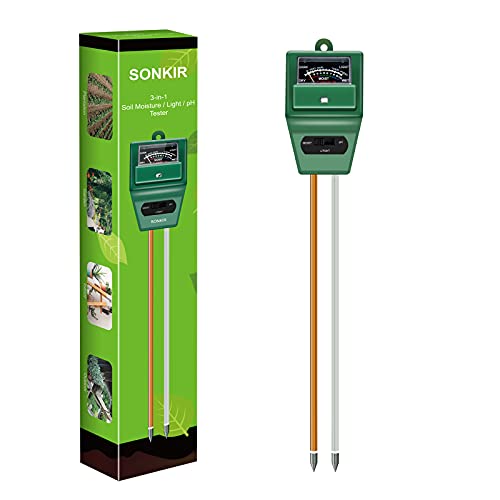What to do with hydrangeas in the autumn – 5 essential tasks for healthy blooms next year
Your autumn checklist for happy, healthy hydrangeas
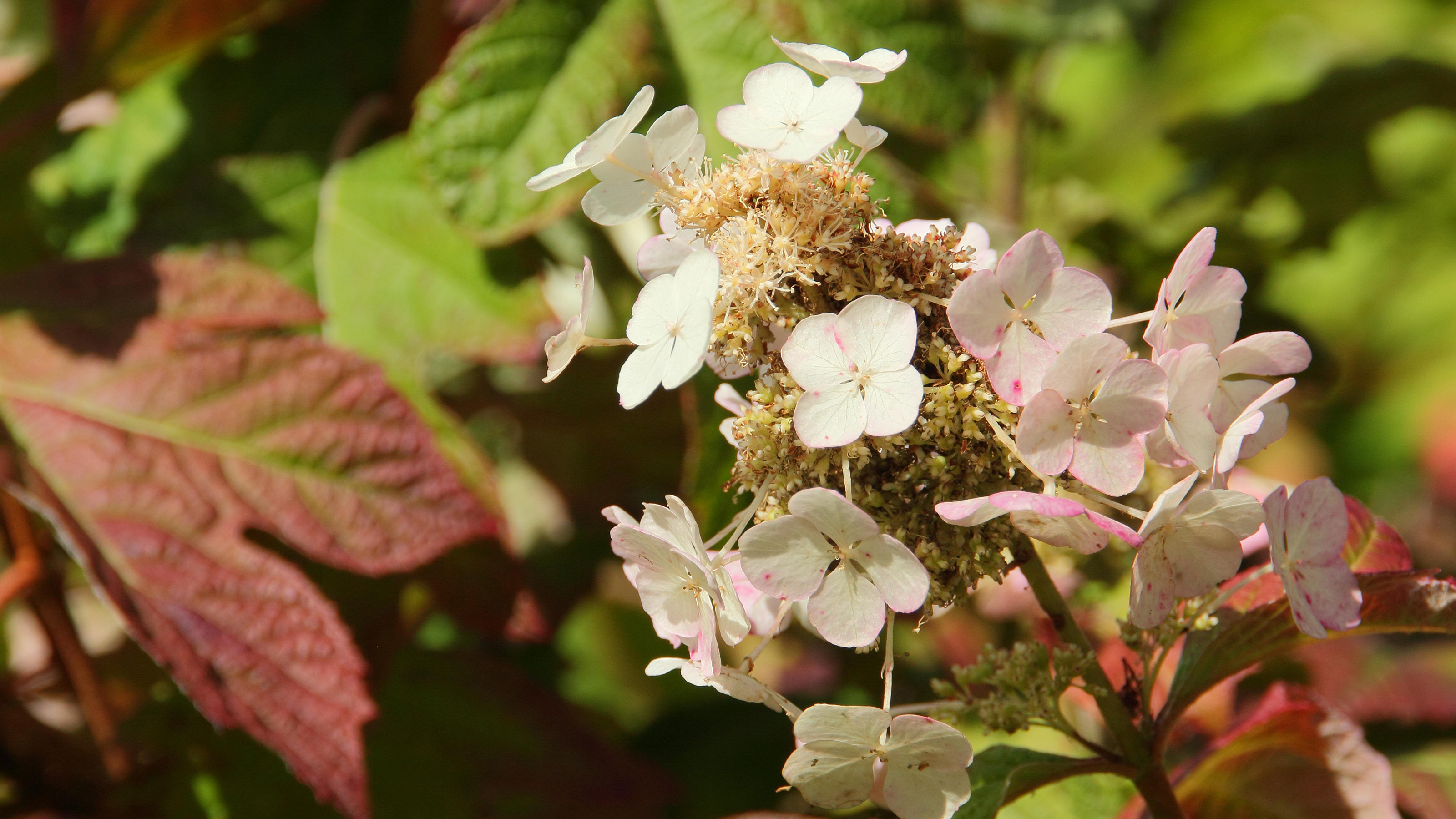

Unsure what to do with hydrangeas in the autumn? We've asked the experts for their advice to ensure that your favourite shrubs survive the frosty winter and reward you with an abundant display of blooms next summer.
If you planted hydrangeas last year, this will be your first year of overwintering, so it's important that you know what to do before the first frost strikes and undoes all your hard work.
From when to mulch and what with, to pruning tips to ensure blooms next year, you'll be delighted to know that caring for hydrangeas in the autumn is easier than it first appears. So, follow these 5 tasks and get ready for gorgeous blooms come spring (just ensure you don't also make any hydrangea autumn mistakes in the process, though!).
1. Always mulch hydrangeas in autumn
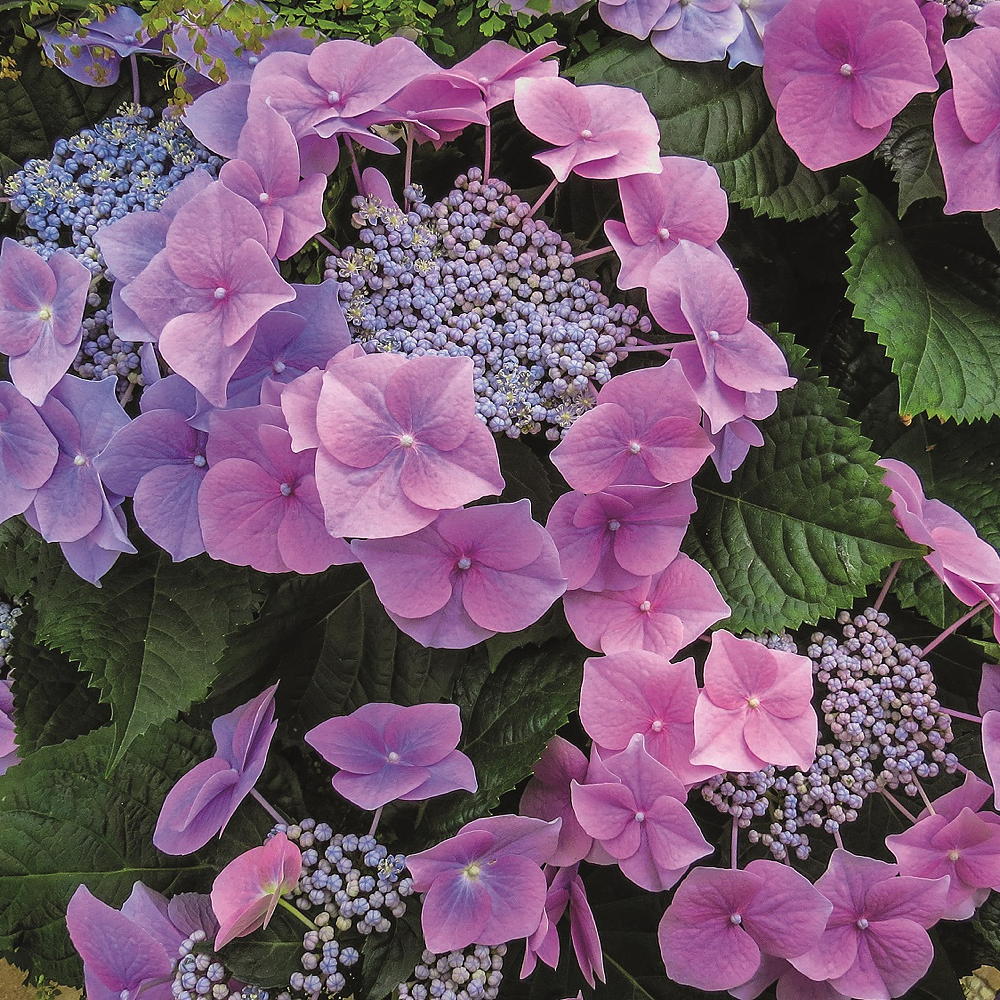
One of the most important things to do with hydrangeas in autumn is to apply a layer of mulch to the base – this is particularly important at this time of year as mulch helps protect plants from frost.
'Mulching is invaluable at this time of year and is super easy. Spread a generous layer of organic matter like composted bark, leaf mould or well-rotted manure around the base of your hydrangea,' says Elise Harlock, flower expert at Prestige Flowers. 'This will help conserve moisture, improve soil structure, and provide a protective blanket against frost in the chilly winter months.'
When mulching, avoid piling the mulch around the stems, as the mulch will retain water, which can cause the stems to rot.
There are lots of different types of mulch, including leaf mould, bark chipping, homemade compost and this organic 40L peat-free Magic Mulch, available on Amazon. It is a by-product of the gas and electricity production process and will control weeds, help repel slugs, is nutrient-rich and also protects the roots.
Sign up to our newsletter for style inspiration, real homes, project and garden advice and shopping know-how
2. Protect potted hydrangeas in autumn
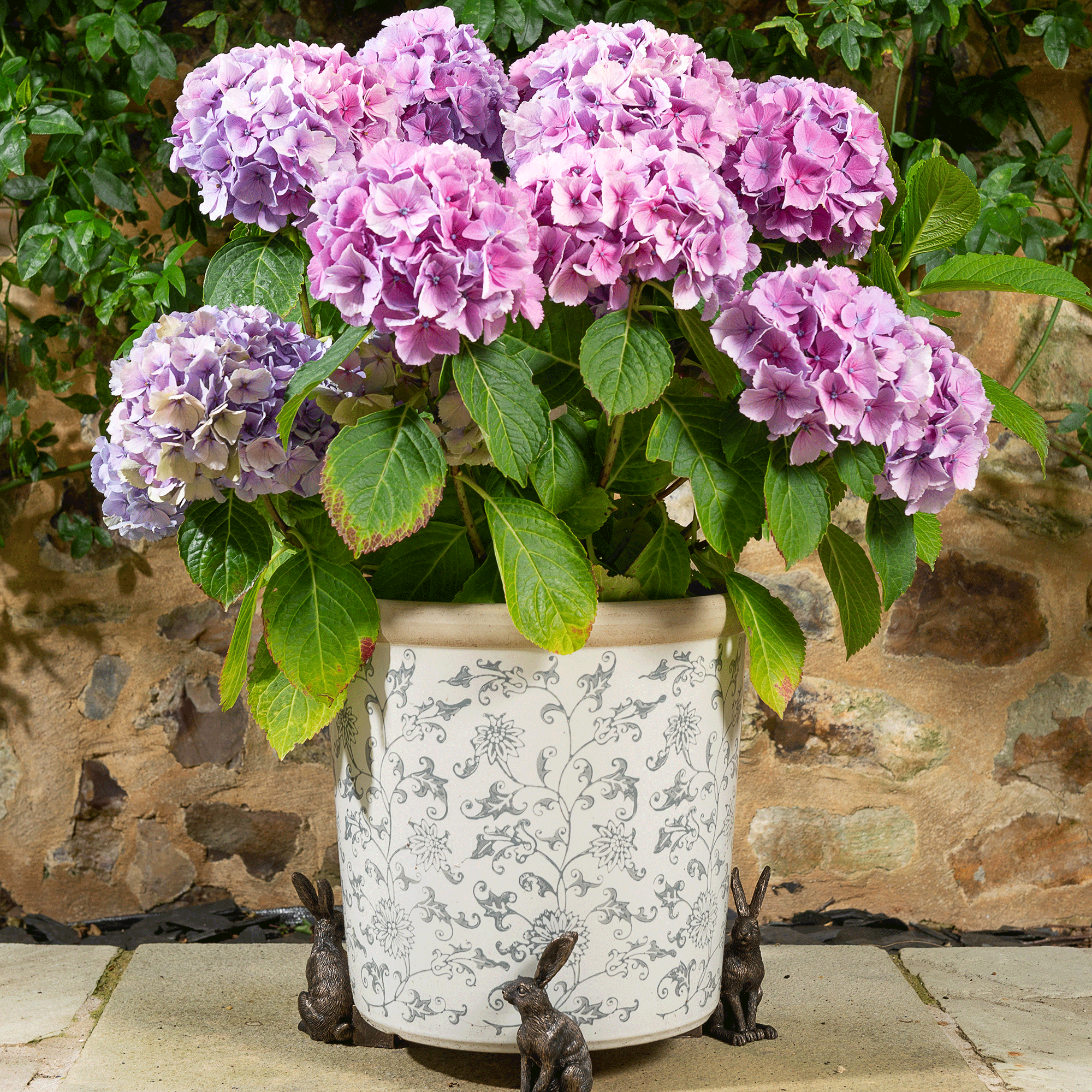
Overwintering hydrangeas in pots is easy and should always be done in autumn before the first frost. Potted hydrangeas will be more vulnerable than those in the ground, so they will need a little extra care.
When growing hydrangeas in pots, try to select a movable container or pop the container on a plant caddy with wheels, available for £16 on Amazon, as this will make things easier. 'If the container is movable, putting it in an unheated garage or frost-proof building is recommended,' advises Emma O’Neill, head gardener at Garden Organic.
'If this isn't an option, protect the plant by mulching the top and then wrapping the pot in eco horticultural fleece or bubble wrap, and if possible, move the container to a more sheltered position such as against a wall.'
Throughout autumn and into winter, potted hydrangeas need less water, and not reducing your watering frequency can lead to one of the most common garden watering mistakes, overwatering.
'Use pot feet or bricks beneath the pot to promote drainage, and periodically check that the compost remains evenly moist throughout autumn and winter. Avoid excessive watering, as root rot poses a risk in colder months,' advises Julian Palphramand, head of plants at British Garden Centres. Emma recommends watering potted hydrangeas around once a month throughout autumn and winter.
You can even buy natural wood pot feet, like The Garden Gecko birch wood plant pot feet, from Amazon.
3. Leave the hydrangea flower heads intact
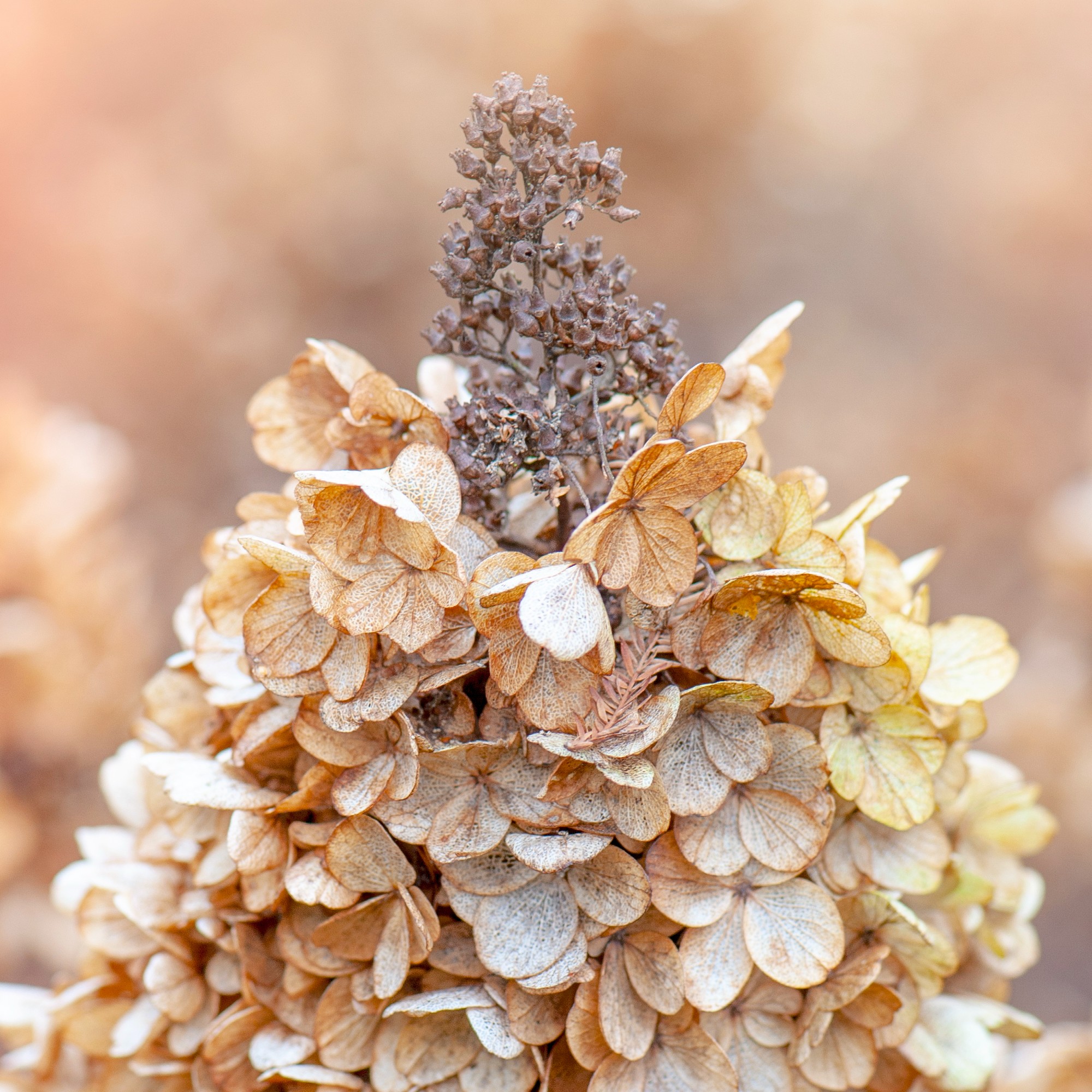
Once the flower heads have started to fade, it may be tempting to deadhead the spent blooms. However, this should be avoided in autumn – they are one of the plants you don’t need to deadhead.
'We recommend retaining faded hydrangea flower heads through winter, as these offer valuable frost protection for the young buds below,' says Julian . If you have a variety that blooms on old wood, deadheading hydrangeas in mid to late autumn can prevent a hydrangea from flowering.
'Instead, pruning should be postponed until mid-to-late spring, when the stems can be cut back to the first or second pair of healthy buds to ensure optimal flowering,' advises Julian.
Keeping the dried flowerheads on the plant can also contribute to a wildlife-friendly garden. 'The dried flowerheads provide much-needed habitats for beneficial insects – essential for organic growers to help mop up 'pests' in spring,' adds Emma.
4. Changing the colour
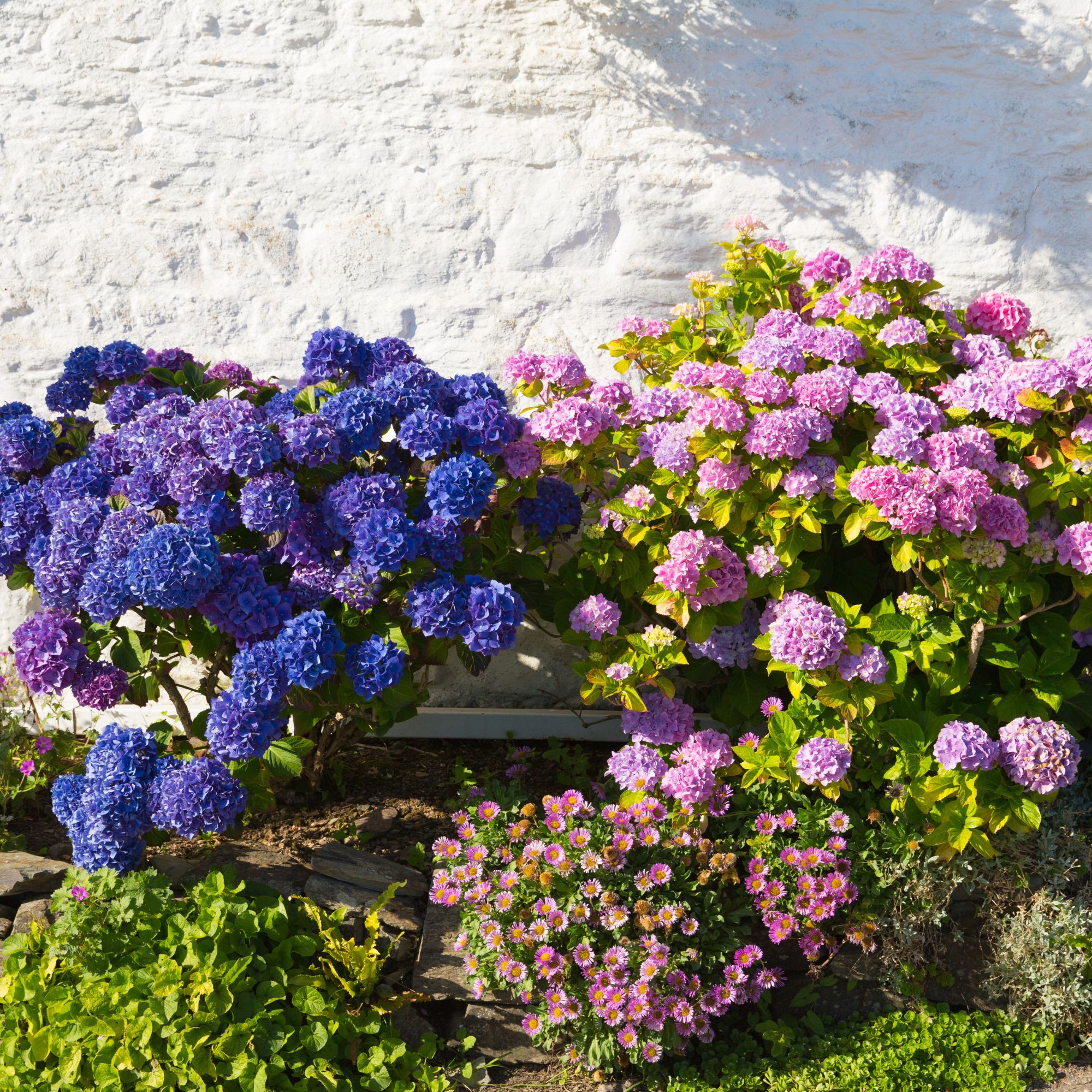
One of the joys of hydrangeas is that they can change colour in response to the acidity of the soil. If you want to change the colour of next year's blooms, then autumn is a great time to try and alter the soil pH.
'If you intend to change the colour of the hydrangea flowers, autumn can be a good time to do so,' says Richard Barker, a horticultural expert and commercial director of LBS Horticulture.
'For blue flowers, you will need to increase the acidity of the soil, and pink flowers are a result of alkaline soil. You can use soil additives to try and change the flower colour, but this may not work for every hydrangea variety.'
If you are unsure whether you need to increase the acidity or the alkalinity of the soil, start by testing your soil's pH.
If you want to change your hydrangea from blue to pink, you can use Vitax Hydrangea Colourant from Amazon (£7), or you can try a DIY method, like using fire pit ash in your garden. Equally, if you're dreaming of vibrant blue hydrangeas, try this teabag hack, or for pink hydrangeas, add Garden Lime, available for £12.99 from Amazon.
5. Autumn is the best time to relocate hydrangeas (if needed)
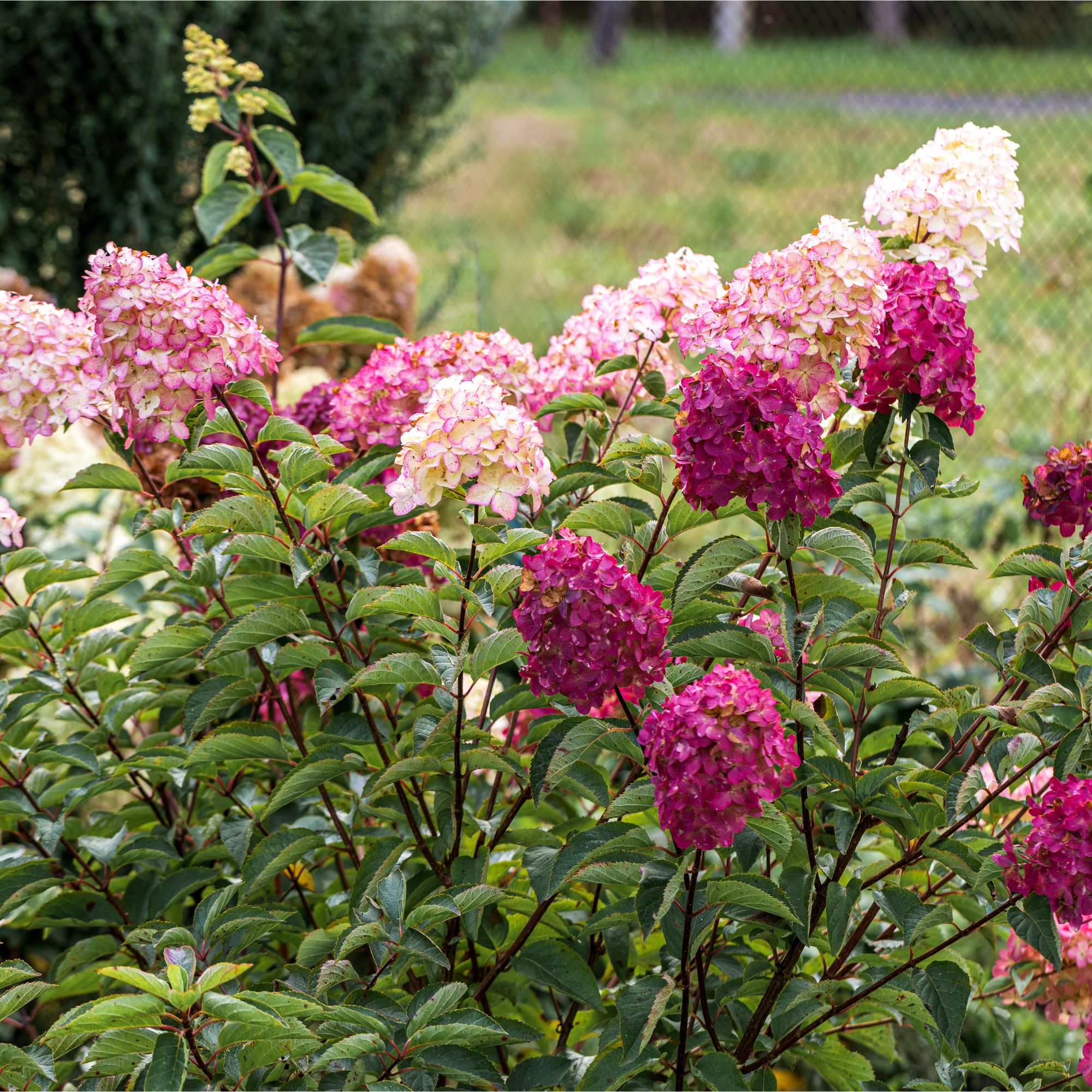
If you are looking to move an established hydrangea bush, late autumn is the ideal time to do this.
'If you need to move your hydrangea to a more suitable location, the time to do this is in the autumn when the plant is dormant. If you transplant your hydrangeas outside of this timeframe, they can be prone to transplant shock,' says Emma from Garden Organic.
'Remember, moving any plant puts it under stress, so for optimum success, move at the right time. Always consider the soil and aspect before moving, and consider the colour. If your hydrangea is pink, it requires acidic soil, whereas the blue varieties prefer alkaline soil.'
When relocating your hydragena, make sure you check the soil pH using a meter like this Sonkir pH meter, £9.99 from Amazon.
Autumn hydrangea care kit
Have you already ticked off anything from this autumn checklist for happy, healthy hydrangeas?

Holly is one of Ideal Home’s content editors. Starting her career in 2018 as a feature writer and sub-editor for Period Living magazine, she has continued this role also adding regular features for Country Homes & Interiors and the Ideal Home website to her roster. Holly has a passion for traditional and country-inspired interiors – especially kitchen design – and is happiest when exploring the countryside and hills of the Lake District. A keen gardener, she is a strong believer that you can never have too many houseplants.
You must confirm your public display name before commenting
Please logout and then login again, you will then be prompted to enter your display name.
